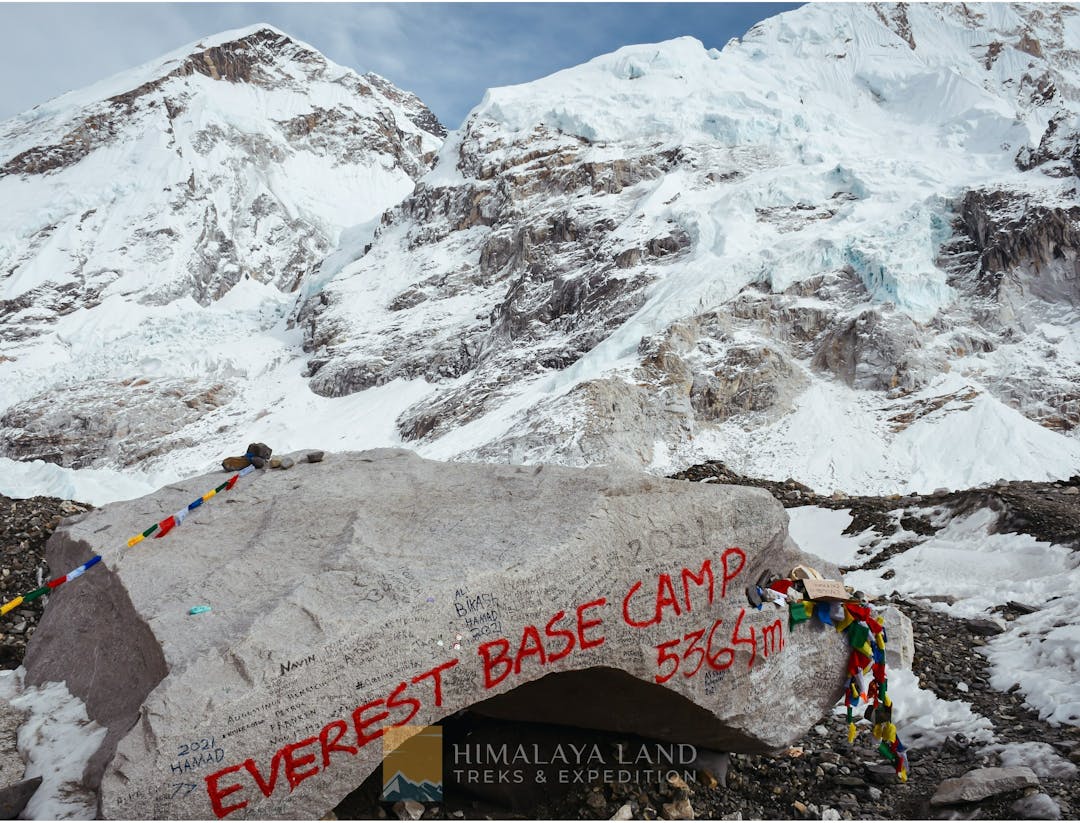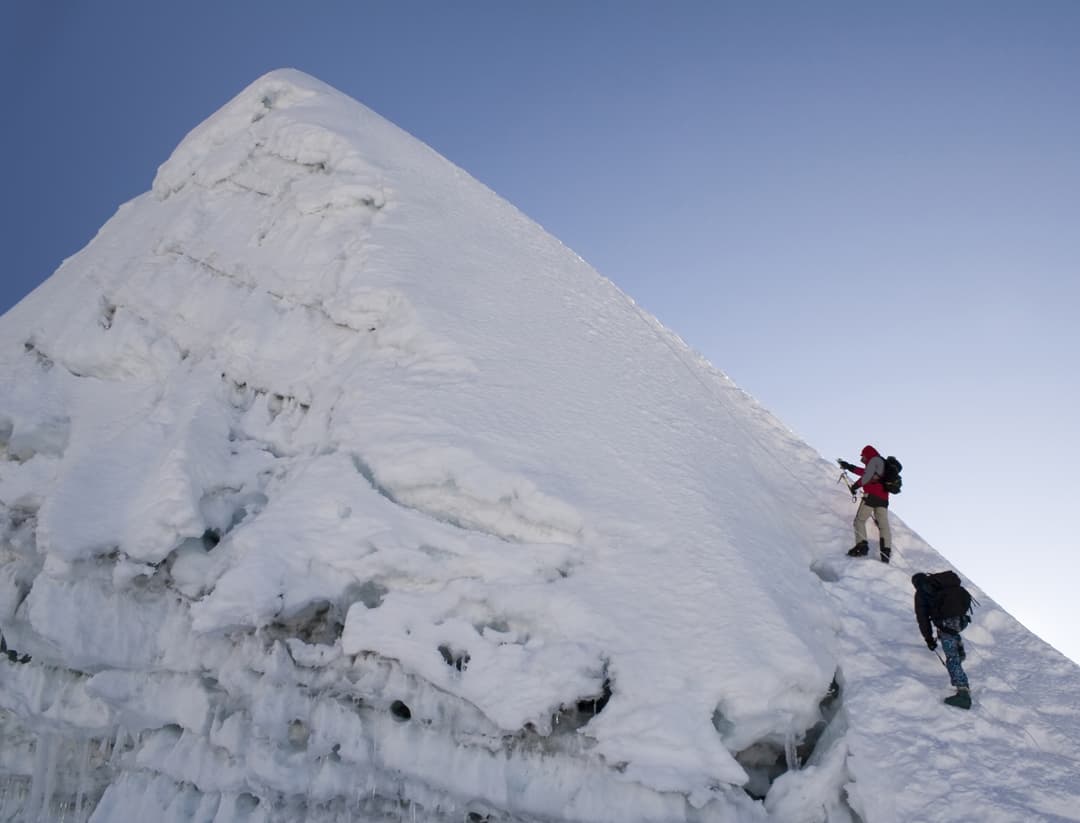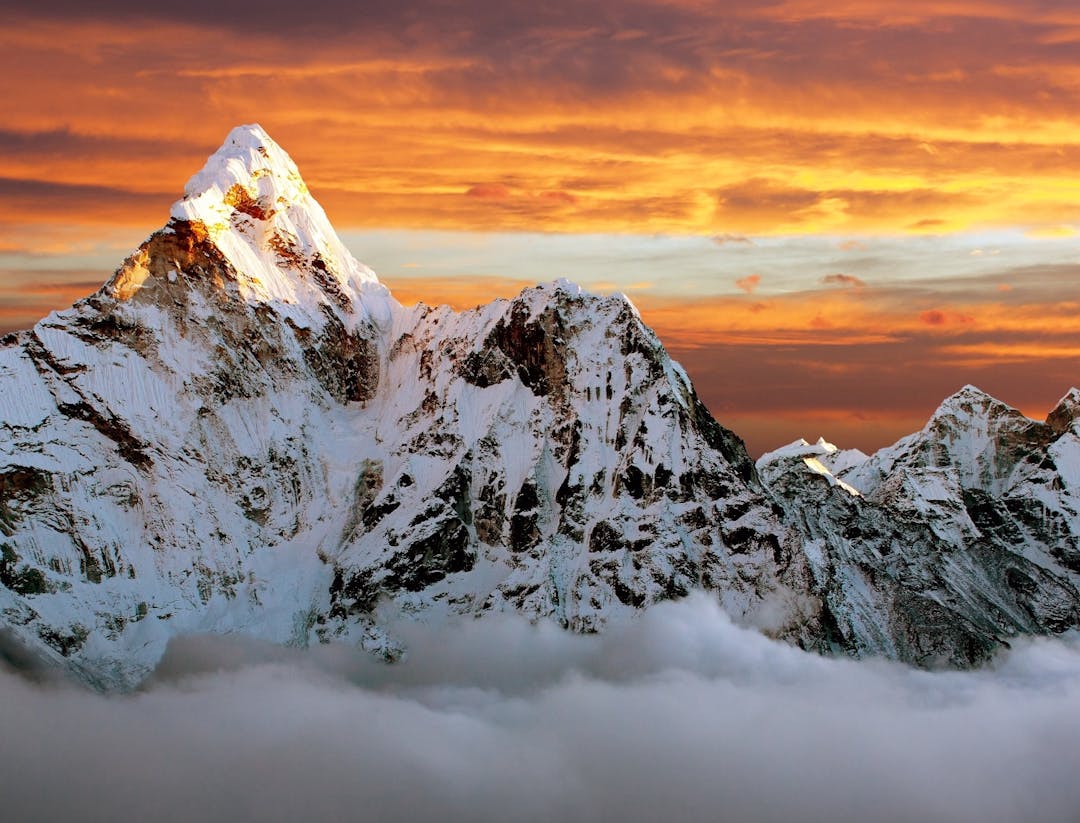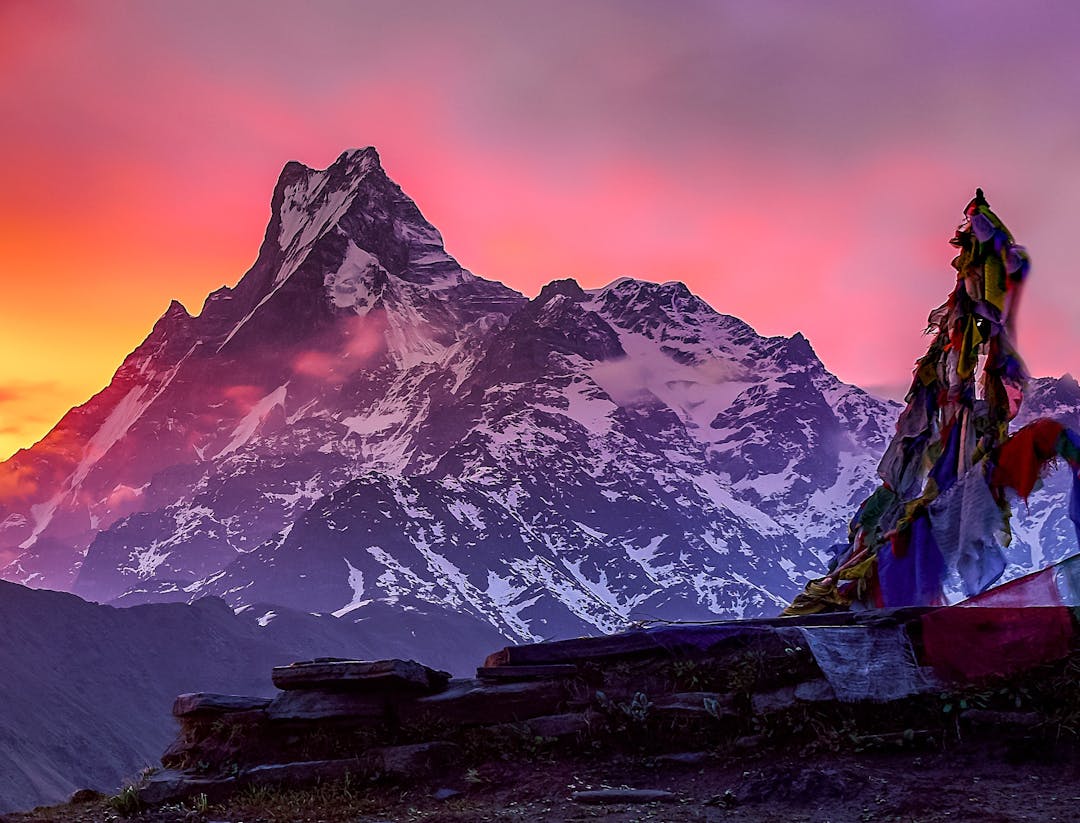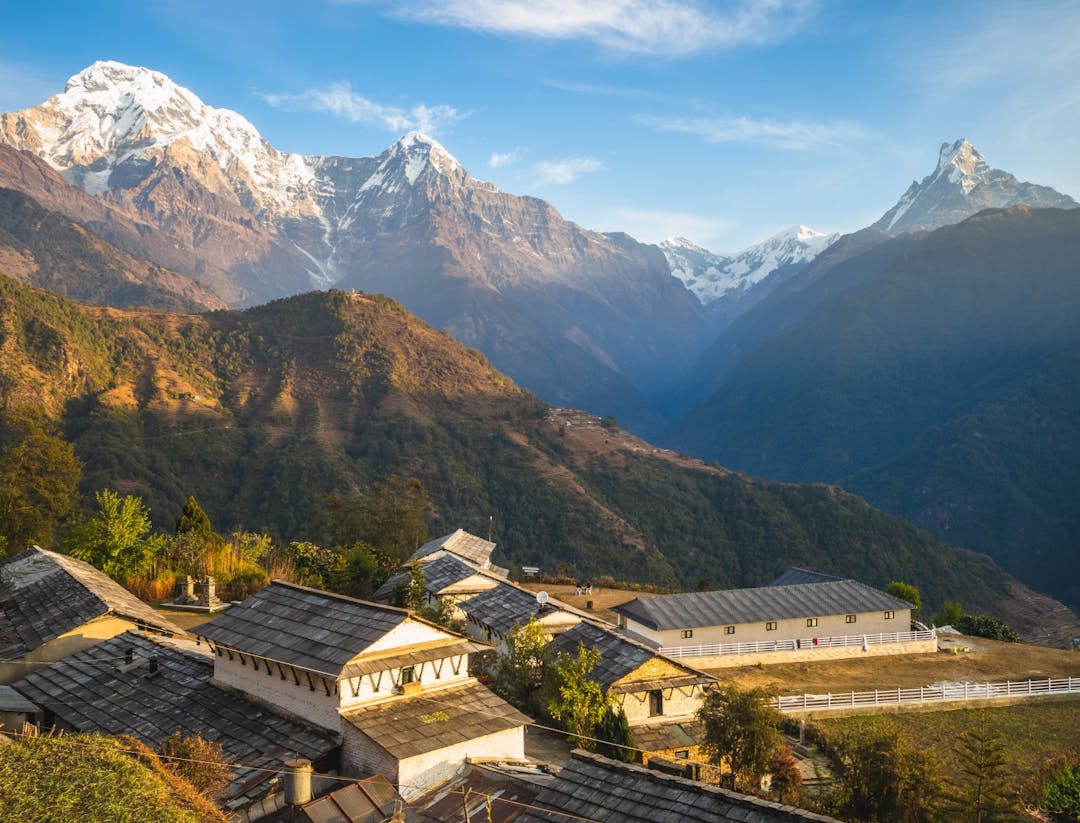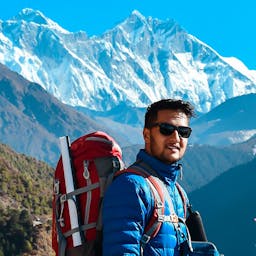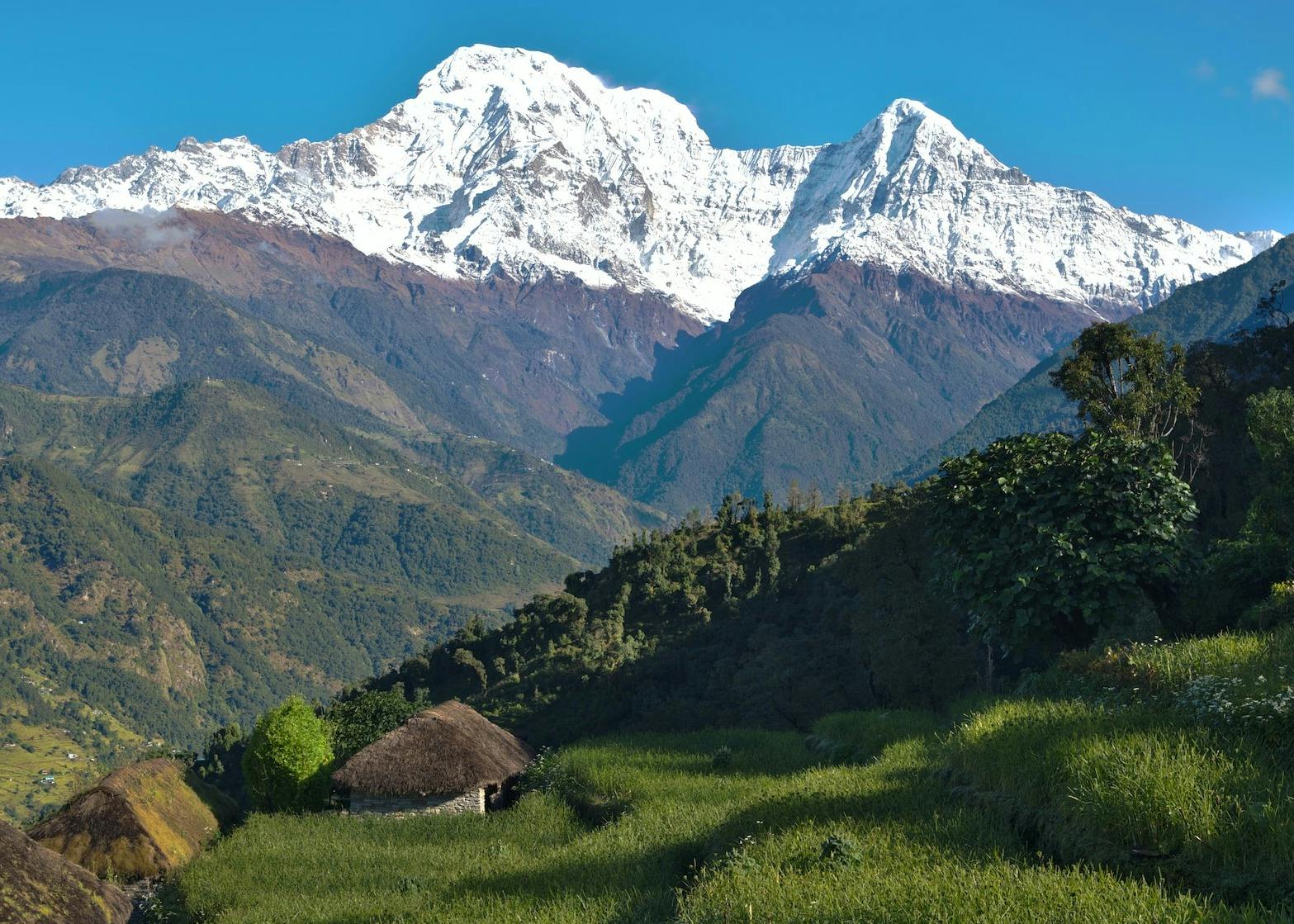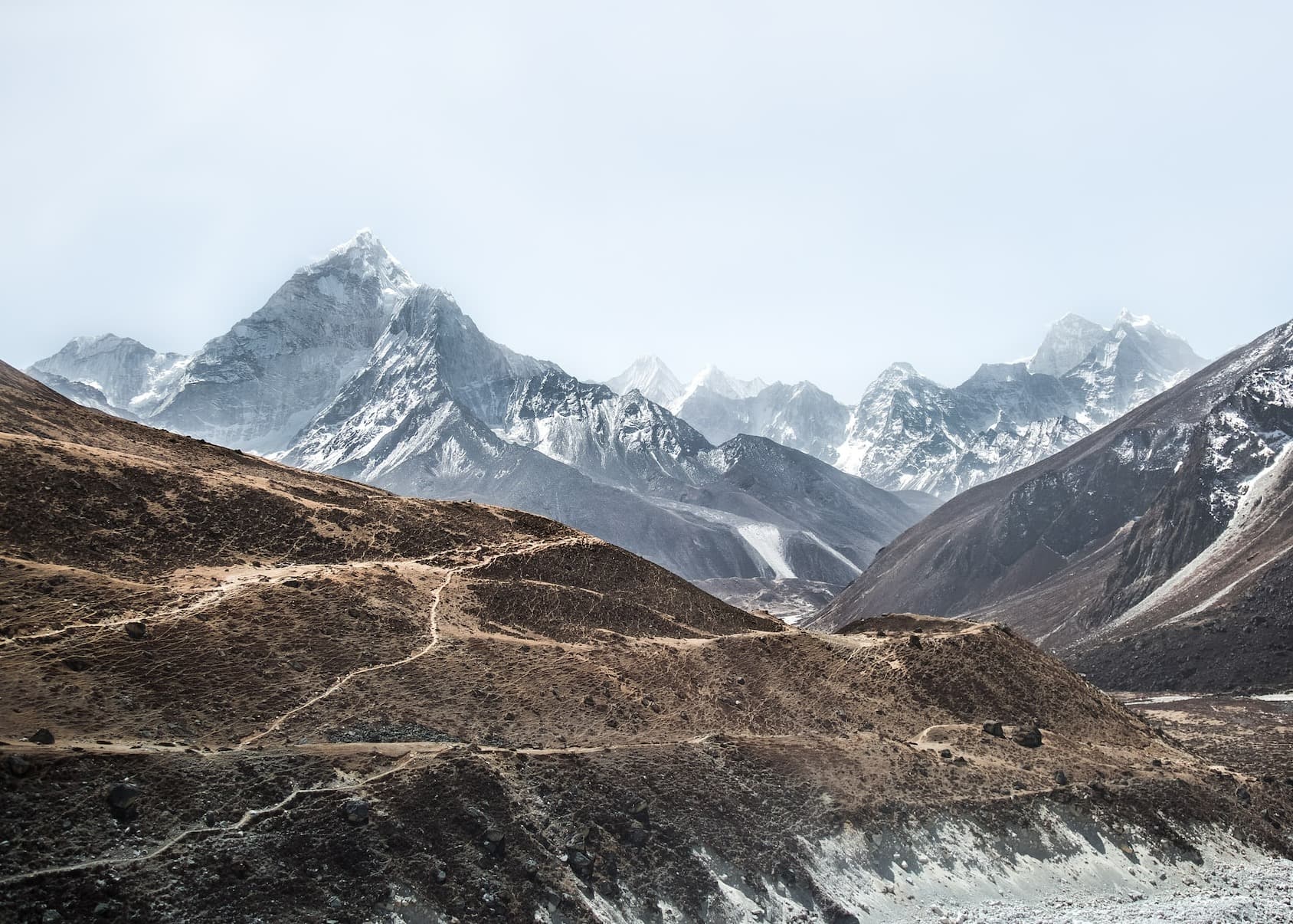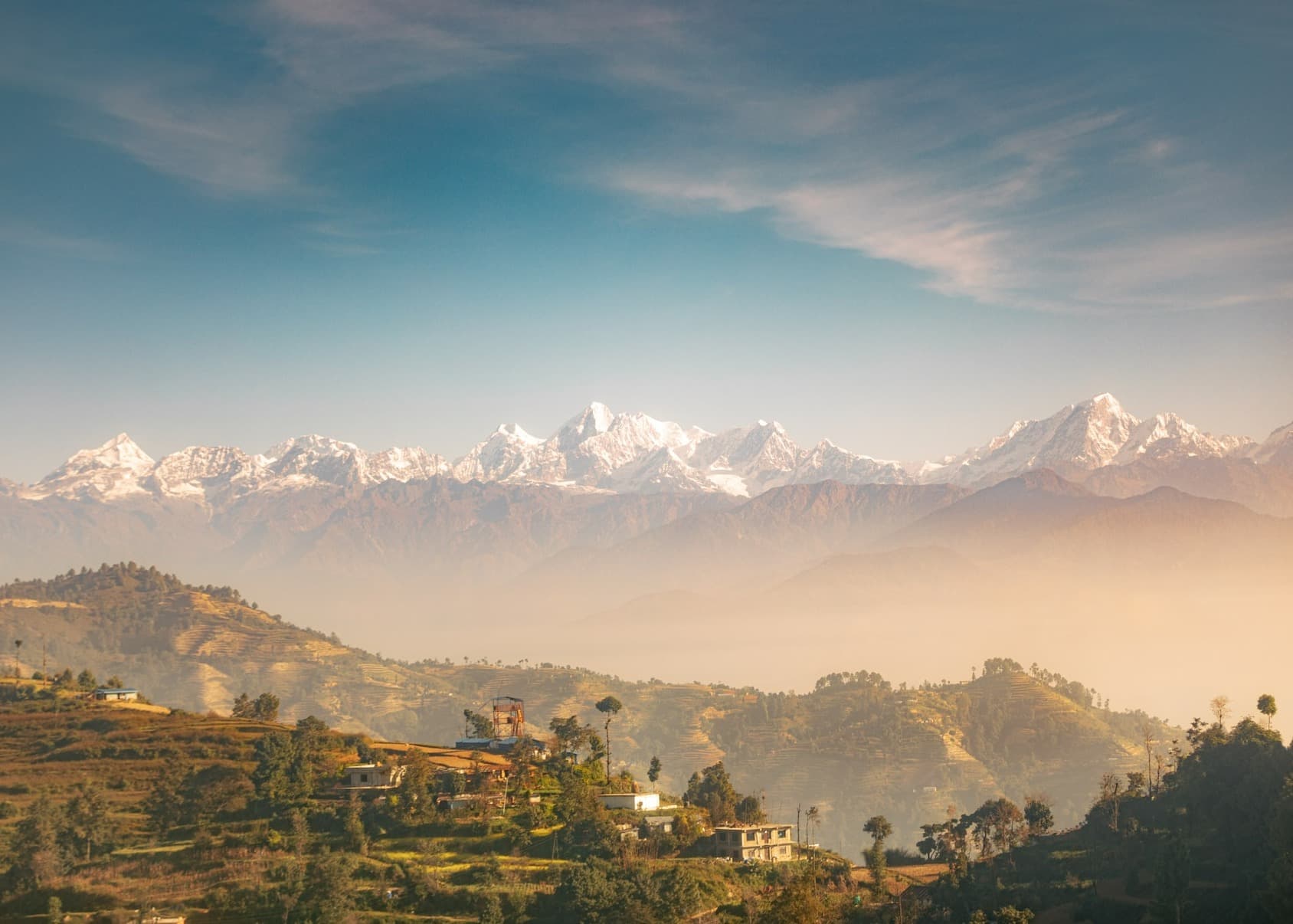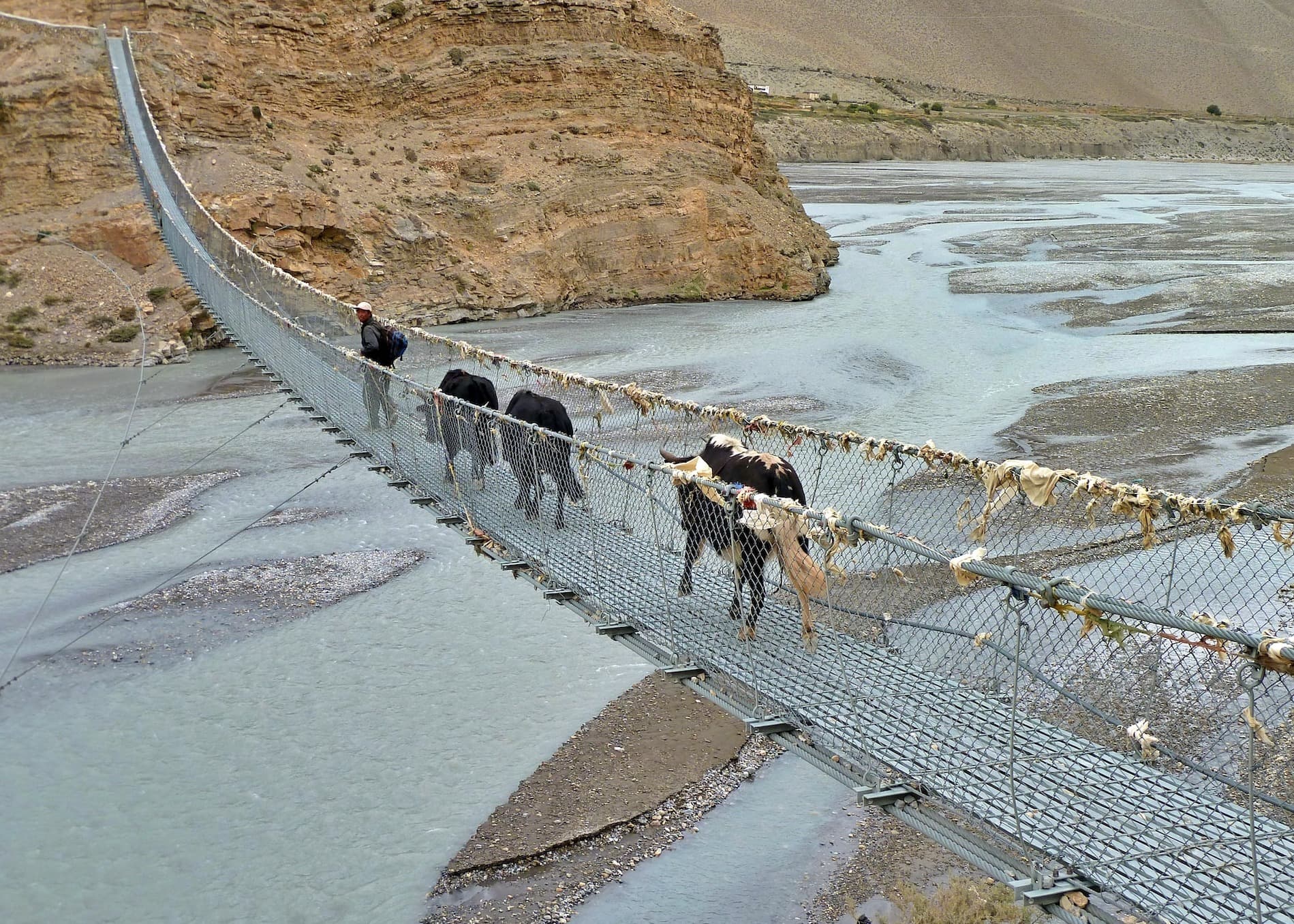- Best Time for Climbing Nirekha Peak
- Success Rate of Nirekha Peak
- Cost for Nirekha Peak Climbing
- Route Overview of Nirekha Peak Climbing
- Permits Required for Nirekha Peak Climbing
- How difficult is it to climb Nirekha Peak?
- How long does it take to climb Nirekha Peak?
- Are there any age restrictions for climbing Nirekha Peak?
- What equipment is required for Nirekha Peak climbing?
Nirekha Peak, also known as Nirekha Himal, is a stunning mountain located in the Solu Khumbu region of Nepal. Standing at an impressive elevation of 6,069 meters (19,911 feet), it offers breathtaking views of the surrounding Himalayan peaks, including Everest, Makalu, and Kanchenjunga. Nirekha Peak is a challenging climb that attracts experienced mountaineers seeking an exhilarating adventure in a remote and beautiful part of Nepal.
Best Time for Climbing Nirekha Peak
The ideal time to climb Nirekha Peak is during the pre-monsoon (spring) season, which extends from April to May, and the post-monsoon (autumn) season, which spans from September to November. These months offer stable weather conditions, clear skies, and optimal climbing conditions. However, it's essential to check the weather forecast before embarking on the climb, as conditions can vary.
Success Rate of Nirekha Peak
The success rate of climbing Nirekha Peak is not as high as some of the more popular peaks in the region due to its technical difficulty and remoteness.
The success rate of climbing Nirekha Peak can vary, but it is generally estimated to be around 40% to 50%. But with the help of our experience guide the chance of success increases dramatically.
The success rate can vary depending on individual climbers, weather conditions, and the level of experience and preparation. It's crucial to choose a reputable climbing agency with experienced guides to enhance the chances of a successful summit.
Cost for Nirekha Peak Climbing
The cost for climbing Nirekha Peak can vary depending on the number of people in the climbing team. Here is a breakdown of the cost:
- For 1 person: The cost is US$ 3,120.
- For a group of 2 to 4 people: The cost is US$ 2,950 per person.
- For a group of 5 to 8 people: The cost is US$ 2,850 per person.
- For a group of 9 to 15 people: The cost is US$ 2,750 per person.
which include the cost of permits, transportation, accommodation, meals during the trip. Additional expenses such as travel insurance, visa fees, and personal gear are not included in the cost.
Route Overview of Nirekha Peak Climbing
The route for Nirekha Peak climbing starts with a scenic 35-minute flight from Kathmandu to Lukla, the gateway to the Everest region. From Lukla, trekkers embark on a trek to Phakding (2,610m/8,562ft) on the first day. The journey continues with a trek to Namche Bazaar (3,443m/11,299ft) on the fourth day, which serves as an acclimatization stop. The following day is dedicated to acclimatization, allowing climbers to explore the vibrant Namche Bazaar and adapt to the increasing altitude.
On the sixth day, the trek proceeds from Namche Bazaar to Tengboche (3,875m/12,713ft), offering breathtaking views of the Himalayan peaks along the way. From Tengboche, the journey continues to Dingboche (4,410m/14,469ft) on the seventh day. The next day, climbers trek to Lobuche (4,910m/16,109ft), passing through scenic landscapes.
Day nine marks a significant milestone as climbers trek from Lobuche to Gorakshep (5,140m/16,864ft) and make their way to Everest Base Camp (5,364m/17,598ft) before returning to Gorakshep. On day ten, climbers hike to Kalapatthar (5,545m/18,192ft) for mesmerizing panoramic views and then continue to Dzongla (4,858m/15,939ft).
The eleventh day involves a challenging trek from Dzongla to Nirekha Base Camp (4,950m/16,240ft) via the famous Cho La pass (5,420m/17,782ft). Day twelve is reserved for rest and basic climbing training at Nirekha Peak Base Camp. On day thirteen, climbers attempt the summit of Nirekha Peak (6,159m/20,201ft) before descending back to the Base Camp.
A reserve day (day fourteen) is included in the itinerary to account for any unforeseen circumstances or adverse weather conditions. From the Base Camp, on day fifteen, trekkers proceed towards the enchanting Gokyo Lakes (4,790m/15,715ft). The journey continues on day sixteen with a trek to Machhermo (4,470m/14,663ft), followed by a trek back to Namche Bazaar (3,443m/11,299ft) on day seventeen.
On the final day of the trek (day eighteen), climbers trek from Namche Bazaar to Lukla (2,850m/9,350ft), where they can celebrate the successful completion of the Nirekha Peak climbing expedition. This route allows climbers to experience the cultural richness of the region, enjoy stunning landscapes, and witness the grandeur of the Himalayas, all while preparing for the challenging ascent of Nirekha Peak.
Permits Required for Nirekha Peak Climbing
To climb Nirekha Peak, you'll need to obtain permits from the Nepal Mountaineering Association (NMA) and the Sagarmatha National Park. Here are the permits required:
NMA Peak Permit: As of the time of writing, the NMA Peak Permit fee for Nirekha Peak is USD250 in Spring Season (March-May), USD 125 per person in Autumn (September-October) and USD 70 for Summer and Winter.
Sagarmatha National Park Entry Permit: This permit allows access to the Sagarmatha National Park, which is a UNESCO World Heritage Site. The fee for foreigners is USD 30 per person.
How difficult is it to climb Nirekha Peak?
Nirekha Peak climbing is considered a technically challenging endeavor. It requires previous mountaineering experience, good physical fitness, and basic technical skills like using crampons, ropes, and ice axes. The climb involves steep sections, snow slopes, and some technical sections that may require fixed ropes.
How long does it take to climb Nirekha Peak?
The duration to climb Nirekha Peak can vary depending on various factors such as the climber's fitness level, acclimatization needs, and weather conditions. On average, it takes around 16 to 20 days to complete the entire Nirekha Peak climbing expedition.
Are there any age restrictions for climbing Nirekha Peak?
There are no specific age restrictions set by the Nepal Mountaineering Association (NMA) for climbing Nirekha Peak. However, it's important to note that climbing Nirekha Peak requires a good level of physical fitness, prior mountaineering experience, and the ability to handle the challenges associated with high-altitude climbing.
It's worth mentioning that climbers under the age of 18 should be accompanied by a responsible adult or guardian who can ensure their safety and well-being throughout the expedition. Ultimately, the decision regarding age suitability for Nirekha Peak climbing should be based on an individual's physical fitness, experience, and the guidance of qualified professionals.
What equipment is required for Nirekha Peak climbing?
- Mountaineering Boots: Sturdy and insulated boots designed for crampons and suitable for high-altitude climbing.
- Crampons: These metal spikes are attached to the boots to provide traction on icy and snowy terrain.
- Ice Axe: A crucial tool for stability and balance on steep slopes and for self-arrest in case of a slip or fall.
- Harness: Used for safety and to attach oneself to ropes during technical sections or glacier crossings.
- Helmet: Provides protection against falling objects and potential head injuries.
- Climbing Harness: Used for safety during roped sections and for attaching gear like carabiners and slings.
- Carabiners and Slings: Used for anchoring and connecting to ropes for protection and safety during climbing.
- Ascender/Descender: A mechanical device used for ascending or descending ropes efficiently.
- Mountaineering Clothing: Layered clothing including base layers, insulating layers, and waterproof and windproof outer shells. Don't forget gloves, warm hats, and neck gaiters.
- Backpack: A sturdy backpack with a capacity of around 50-70 liters to carry personal gear, food, and water.
- Sleeping Bag: A warm and lightweight sleeping bag suitable for cold temperatures at high altitude.
- Headlamp: Essential for early morning starts, night climbing, or emergencies in low-light conditions.
- Sunglasses and Goggles: UV protection sunglasses and goggles to shield eyes from sun glare, snow, and wind.
- Climbing Rope: Dynamic and durable ropes for roped sections and glacier crossings.
- Avalanche Safety Equipment: In avalanche-prone areas, it is crucial to have avalanche transceivers, shovels, and probes for safety.
- First Aid Kit: A comprehensive first aid kit including necessary medications, blister care, and bandages.
- Communication Devices: A reliable means of communication like a satellite phone or a two-way radio.
Remember, climbing Nirekha Peak requires proper planning, physical fitness, and mountaineering expertise. It's highly recommended to engage with a reputable climbing operator who can provide experienced guides, support staff, and ensure safety throughout the expedition.


